The afocal method is a posh name for a simple thing – it means just putting the camera up to the eyepiece and taking the picture. Afocal photography can be done using any camera, but digital cameras are best for this method because you get the chance to see the photo immediately and you can quickly learn from your mistakes and pick up the technique. You can’t use ordinary digital cameras for all astrophotography methods as they can’t do long exposures, but with the afocal method only short exposures are required.
This method is good for photographing the moon and planets. The moon is the best place to start, it’s easy to find and very bright, which makes photographing it very easy. The moon only requires exposures similar to daylight (1/250th-1/30th) so experiment to find the best exposure. Pictures of a half or crescent moon look better than pictures of the full moon, because the light casts shadows on the moon’s craters.
Use the camera’s zoom as well to get extra magnification, but if you’re using digital, make sure you don’t use digital zoom as this reduces image quality and resolution. Start off with lower magnification pictures of the moon, as this is quite easy.
As you increase the magnification or use longer shutter speeds, you’ll find that the vibrations of your hand make it impossible to take a good photo. This can be overcome by using the camera’s timer function (or, if you have an SLR, a cable release) to delay the shutter release, so that you’re not pressing the button at the time of the shutter opening, which causes the vibrations.
If you’re using really high magnification or taking pictures of objects dimmer than the moon (e.g. planets) you’ll need a tripod to hold the camera up to the eyepiece to keep it steady. A recent innovation in this department is a device you can buy to clamp onto the eyepiece and hold onto the camera.
This means that you can use the telescope’s autoguide features if you have them, allowing you to take longer exposures (a few seconds) on high magnification which would be impossible if the camera was stationery because it would shift in the eyepiece due to the Earth’s motion (trailing).
It also means you don’t have to keep moving the tripod throughout the night as you keep taking pictures.
